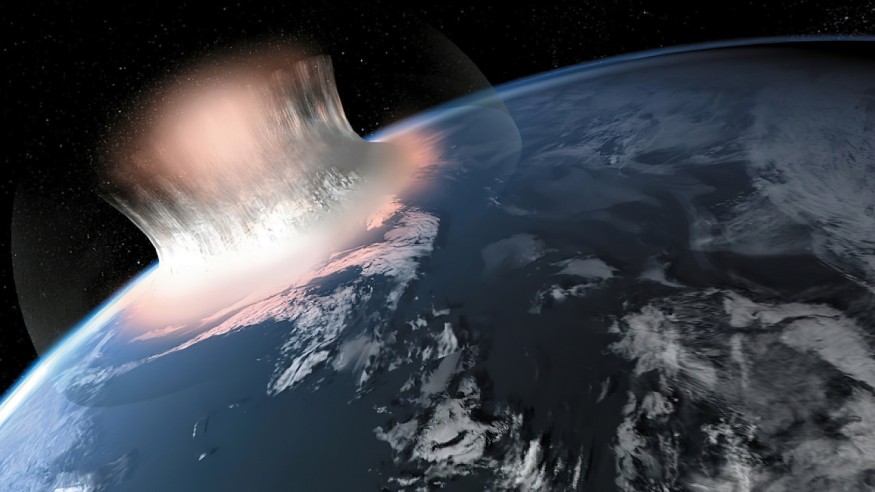The National Aeronautics and Space Administration (NASA) said an asteroid the size of the Great Pyramid of Giza, known as 2009 JF1, is still on track to hit Earth on Friday, May 6.
The prognosis was based on astronomers' earlier evaluation from a few years ago. If the giant space asteroid collides with our planet, it will have a widespread and terrible impact.

2009 JF1 Asteroid to 'Hit' Earth This Week
NASA anticipated in November 2019 that the 2009 JF1 asteroid might hit Earth in 2022. The agency confirmed that the space object was on its way to Earth this Friday.
NASA stated that an asteroid hit is just one in every 3,800 times.
This likelihood rate is 0.026 percent, and if one is optimistic, there is more than a 99 percent chance that the space rock will not hit the Earth in the coming days.
Spacereference.org, an online platform that aggregates data from NASA's Jet Propulsion Laboratory (JPL) and NASA's Center for Near-Earth Object Studies (CNEOS), said the oncoming asteroid's likelihood of impact has reduced from 0.026 percent to 0.00074 percent since the NASA projection in 2019.
How Experts Found the Asteroid
The European Space Agency (ESA) lowered the threat presented by 2009 JF1 in February 2022 and even removed it from its so-called top 10 risk list, where the asteroid had been registered for several years, due to the low possibility of an asteroid collision.
In May 2009, the NASA-funded Catalina Sky Survey at Mt. Lemmon Station in Arizona, United States, found 2009 JF1.
The ESA, on the other hand, stated that no other persons or space organizations have detected the space object since that time.
In its most recent report, the ESA acknowledged that the 2009 astronomical discovery resulted in a lack of understanding of the asteroid's orbit but credited the Gaia catalog for providing the agency with an unbiased determination and allowing the extraction of more precise data.
How An Asteroid Impact Affects Earth
Multiple media reports have stated that an asteroid hit from 2009 JF1 may destroy a city or pose a risk to millions of people.
However, because a relatively tiny asteroid may still shrink in size until it hits the Earth's atmosphere, this is still up to debate.
If it reaches the globe, it will be the "sixth known Earth impactor," following the 2022 EB5 asteroid, which was believed to have entered the atmosphere and smashed into the waters near Iceland on March 11.
Space.com, citing Earthsky.org, said the object erupted into a fireball before dissipating in the indicated vicinity.
Asteroid Impact Preventive Measures
The consequences of an asteroid collision are mostly determined by the speed, size, and position of the impact site if it collides with Earth.
In the event that a planet-killing asteroid impacts the globe again, NASA astronomers and other space organizations are working on a solution.
The most recent one occurred 65 million years ago when the dinosaurs were wiped off by the ten-mile-wide Chicxulub asteroid. Its crater is located in Mexico's Yucatan Peninsula.
NASA's Double Asteroid Redirection Test (DART), the world's first planetary defense mission, is one of the measures in the works.
The DART program uses newly developed kinetic impactor technology to divert an oncoming asteroid by impacting it with kinetic energy.
RELATED ARTICLE : China Aims to Finish Its Own Planetary Defense Plan Like NASA's DART That Targets Asteroid to Change Its Orbit By 2025
Check out more news and information on Space in Science Times.










